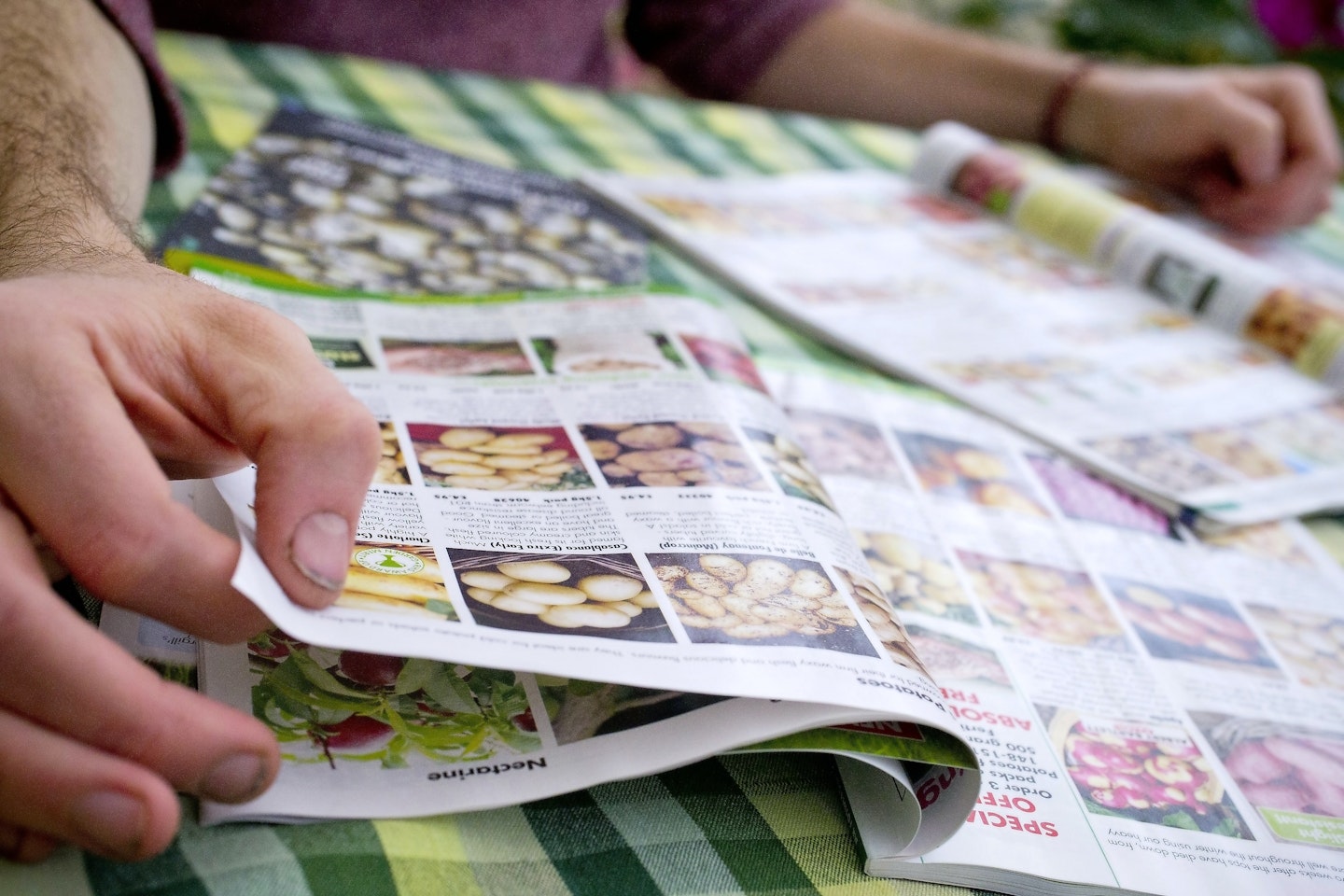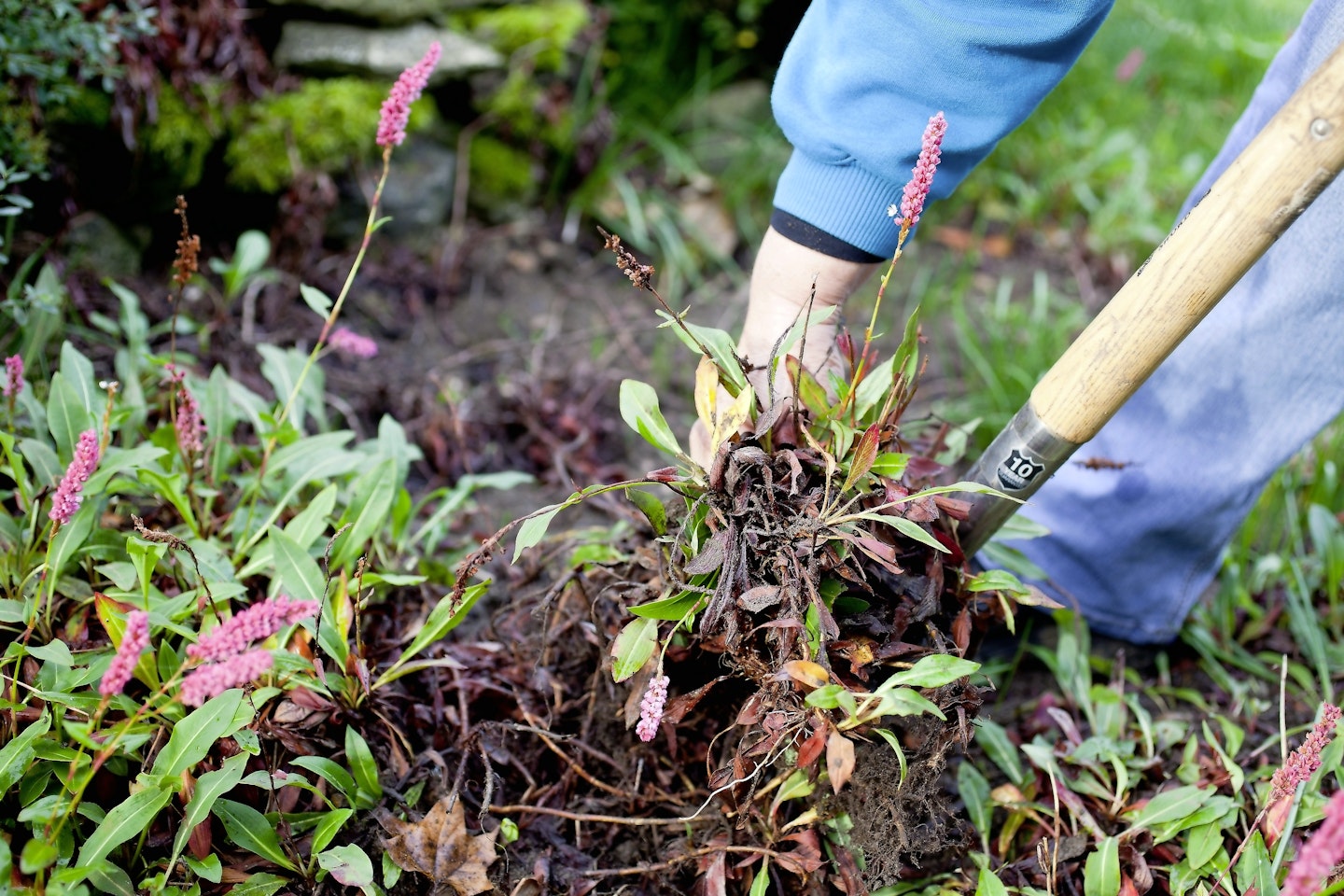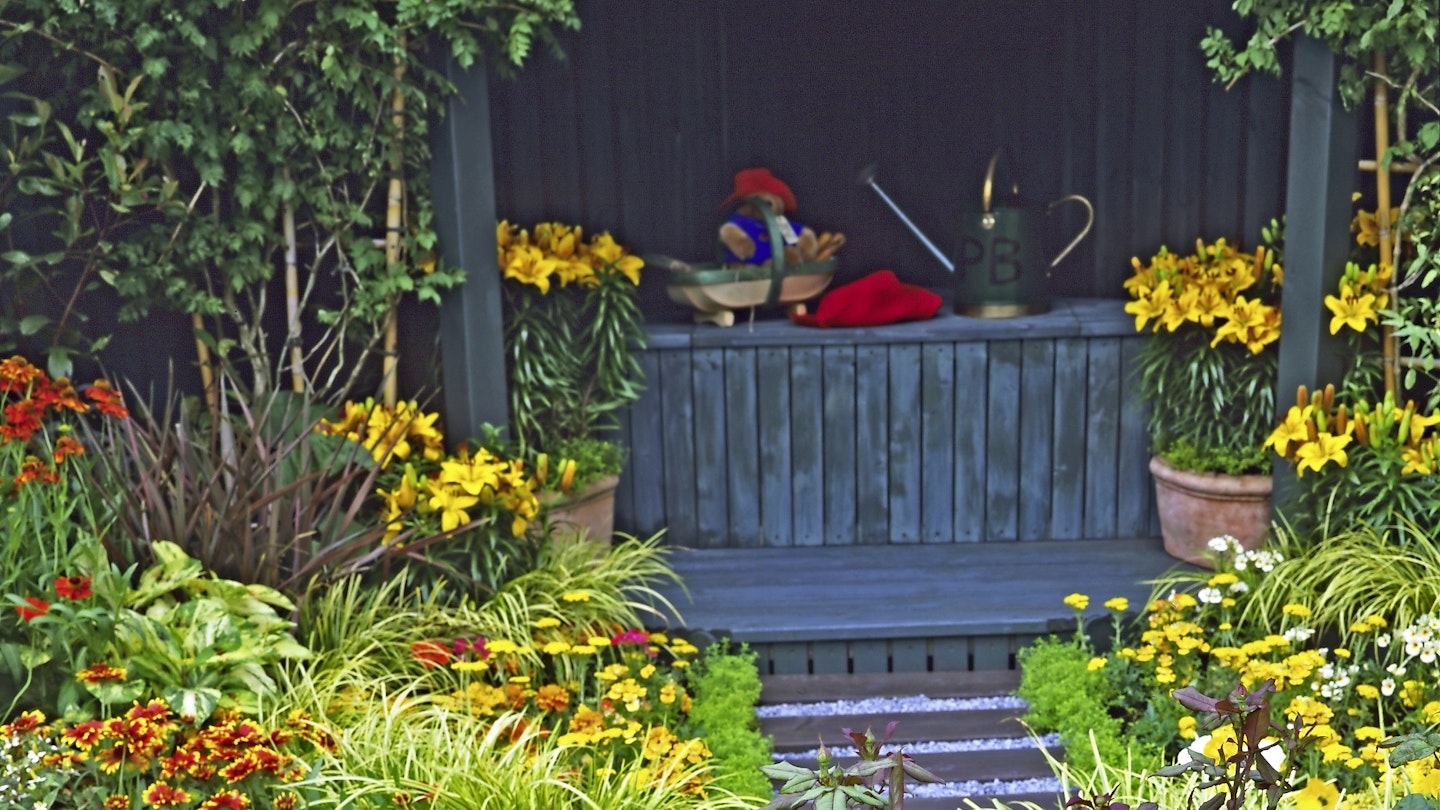It’s often the case that, all of a sudden in August, your garden flounders and flails and starts to look tired. Gardeners sometimes refer to the ‘late summer flop’, when the long season can take its toll and beds go over. It may be the case that your borders are holding up well – we’ve certainly had good rain and sun to help everything along! But you may just want to pep them up a touch, honing them to late-summer perfection and get them looking good to see you through autumn. Here are a few ways you can plan some new planting and keep your garden looking spectacular for longer.
1.
Take photos to help with planning - Is your garden at the peak of its powers right now? If you’re proud of how it looks at the height of summer, a good tip is to take photos of it. Long shots, border shots and tree shots, as well as close-up plant portraits, will all give you a good overview of what worked and what didn’t, remind you of what you planted and, mainly, it’ll make you feel proud of what you’ve achieved! It’s great to see what it all turns out like, and in the depths of winter, when it’s all just a distant memory, it’s very helpful and cheering indeed.
2.
Make a garden plan - You don’t need to be Monet to get creative and make a garden plan! Stick men and child-like trees and houses are absolutely fine as long as you can get an idea of how your borders are laid out and plan what to put there. So when inclement weather strikes, or you feel inspired on a summer’s evening, break out the tea and cake and start planning, using your drawing.
3.
Note any gaps - Take a close look at your plants and make a note of any gaps that have emerged – either physical gaps, or perhaps spaces in continuous flowering in your scheme. Carry out a quick fix and plug gaps with a few choice plants – try sedums, coloured grasses, some autumn daisies or perhaps tough-as-old-boots erigeron as easy-grow fillers.
4.
Research your plant selection - Rather than picking up what the garden centre tells you to with their limited selection, do a bit of research online or at your local, good-quality nursery as to what floats your boat, but particularly what will work well in your garden. Always keep in mind soil pH and type, aspect, exposure and climate. It’ll work out better for your garden and your wallet in the long run!

5.
Squeeze in a whole new dimension! - Think of all the best gardens you’ve been to and what catches your eye when you go there. It’s always the striking features, isn’t it? Great planting notwithstanding, the focal points have the wow factor. So if you’ve got a few nooks and crannies that need a bit of detail and interest why not add a standard tree in a pot, some clustered pots of succulents, elegant mini statues, lights or even a mirror or two to reflect your wonderful plants in all their glory? Obelisks also break up borders and draw the eye.
6.
How good is your soil? - Your soil works hard through the year and right now it’ll be toiling nineteen to the dozen to keep all your plants fit, healthy and fed. Give it a little pep up if you can between plants with a mulch of compost or leaf mould, grass trimmings or chopped up hedge clippings. It’ll see to those weeds wanting to emerge too, hopefully!
7.
Tend to existing plants - Do you like all your plants, or are there some you could replace? You needn’t waste any healthy ones – simply give them away to fellow gardeners, just be sure they don’t mind being transplanted first. Take a look at perennials and bulbs you can soon be dividing up to increase vigour and health, for replanting elsewhere. Finally, trim back and deadhead flowers and foliage for a late season tidy up.

8.
Mix early, mid and late season interest - Lots of summer plants are beautifully ethereal, wispy, tall and floppy, and are the most likely to look like they’re flagging. Think forward to winter when you’ll want to see stout plants, holding firm against the weather with brilliant foliage, flowers and berries. This means evergreens, of which you can add a few in containers to the back of beds now to firm up the form in borders. This goes for the rest of the year, too. Think about what you want to see poking up every month, delighting and surprising you as each season starts. Add autumn, winter and spring bulbs now and over the next few weeks, while leaving a few spots to add summer bulbs in spring. After you’ve planned what you want to grow, in a couple of weeks or so you can plant some choice herbaceous perennials that span spring, summer and autumn next year.
9.
Crank up the colour! - Think about the colour palette of your beds, particularly when it comes to foliage. Greens of the same colours can lose their interest, so loosen it all up with limes, reds and variegation. Try carex and milium grasses, euonymus and perhaps a cotinus for its stunning, round leaves. Match colour tones and try grading them a little like a rainbow, making the smooth transition into the next colour scheme. Fabulous evergreen foliage will look a real treat, even when most of your flowers have given up the ghost.
10.
Keep it cohesive - Hotchpotch planting does no one any favours. Low-growers may be overshadowed by too-large neighbours and some plants may be hidden from view. Aesthetically it can all look a bit of a mess! When planning new planting areas, exercise a little symmetry and always plant borders in order of eventual height. Plant bulbs and smaller perennials in groups of three to five, either together or dotted about nearby, to link everything together. And if you’re buying plants now, choose larger ones for greater immediate impact, or plants that have new buds emerging so you know you’ll be able to enjoy the display for longer.
